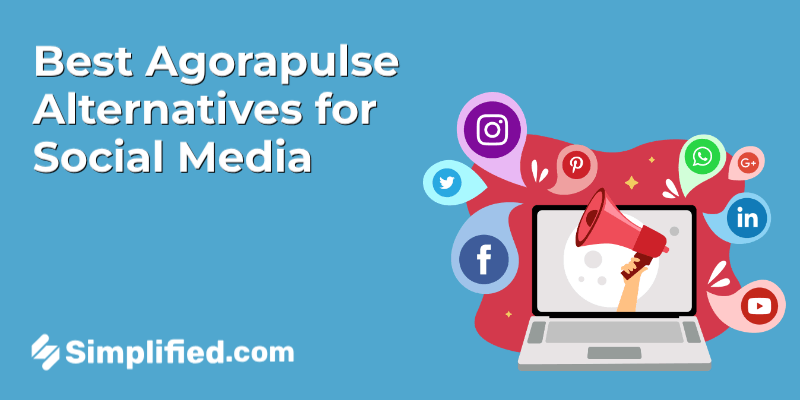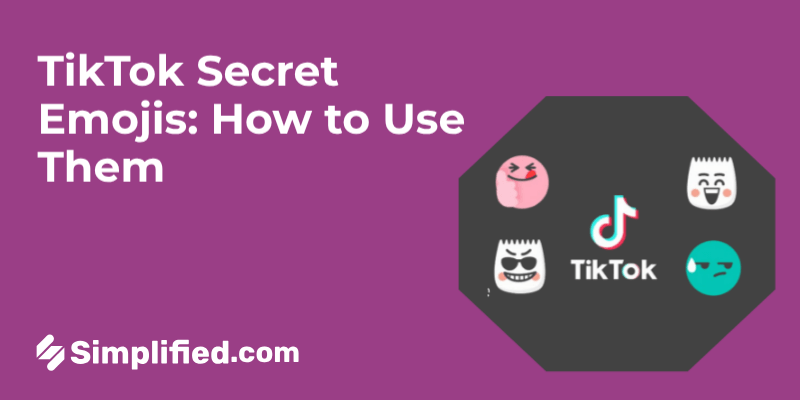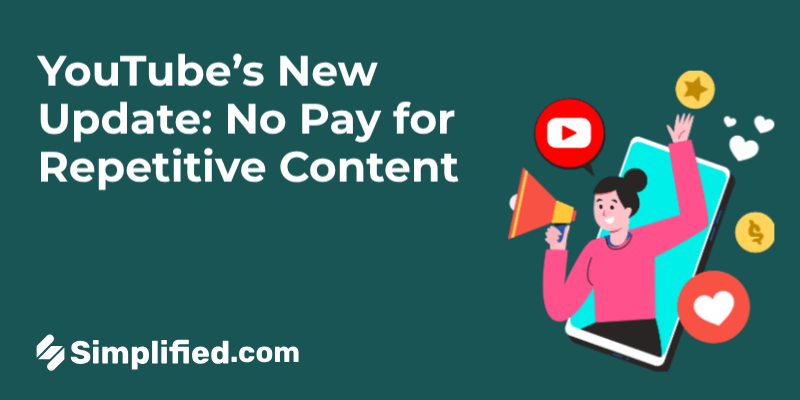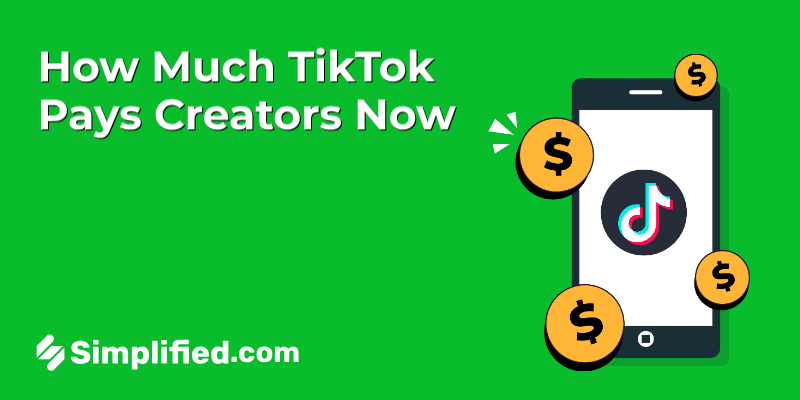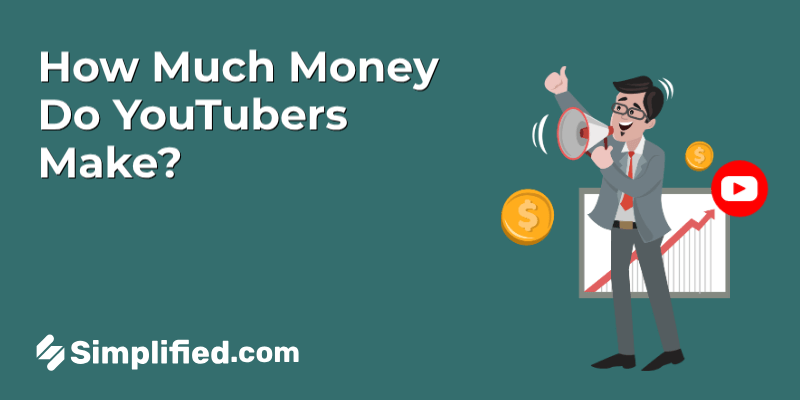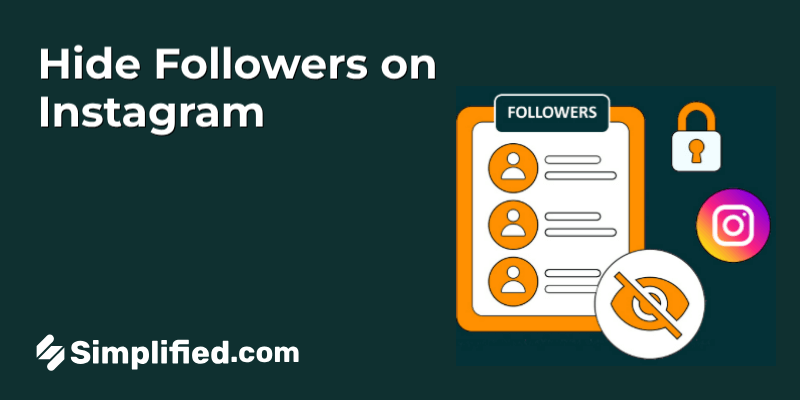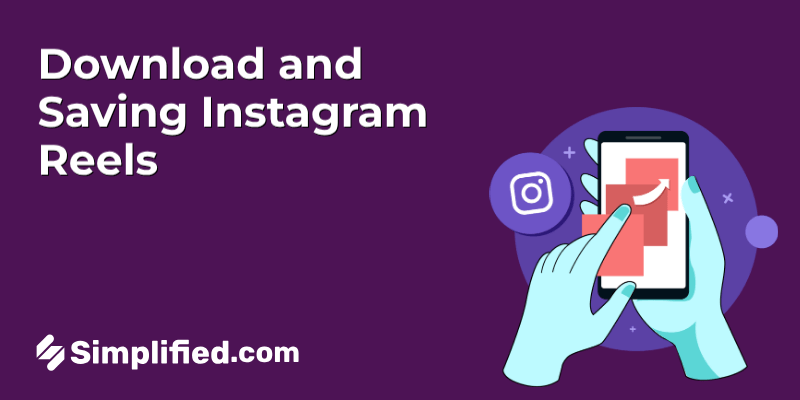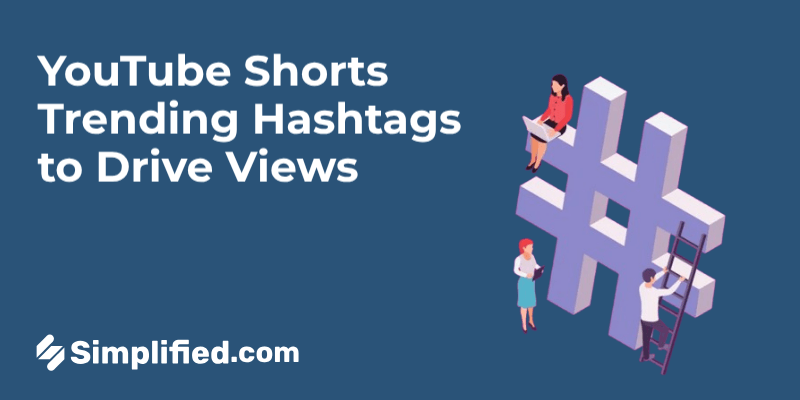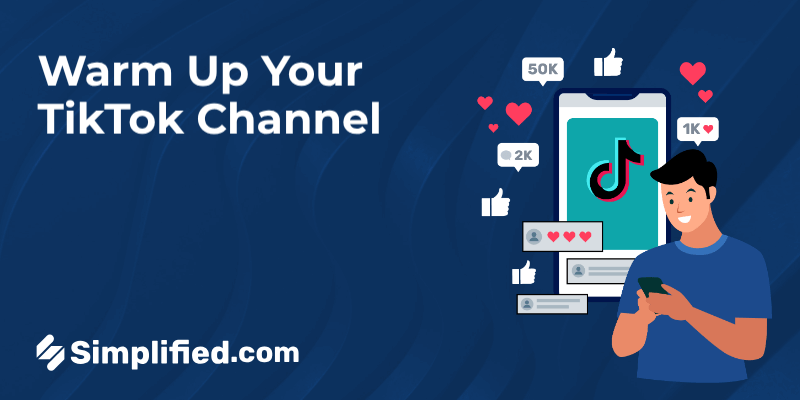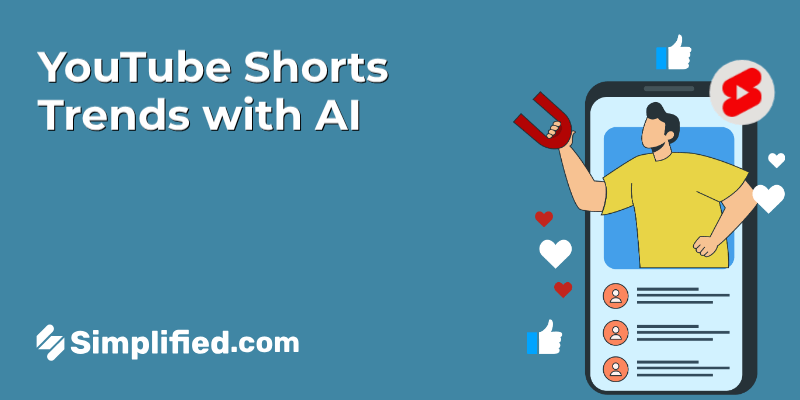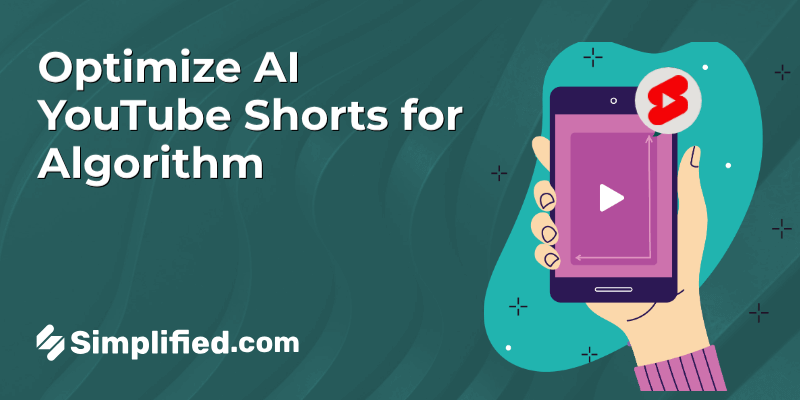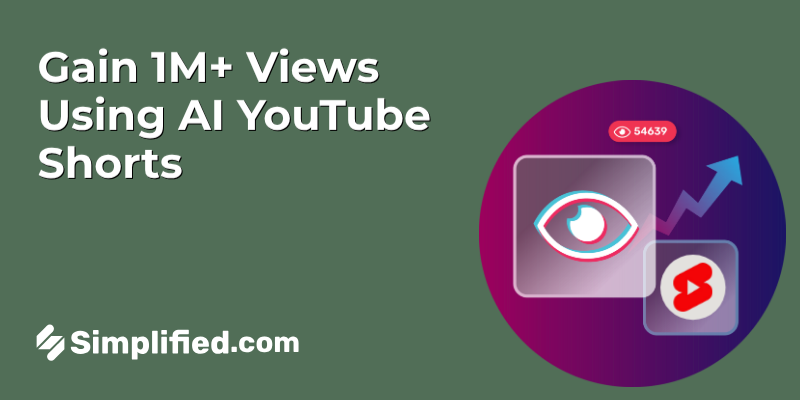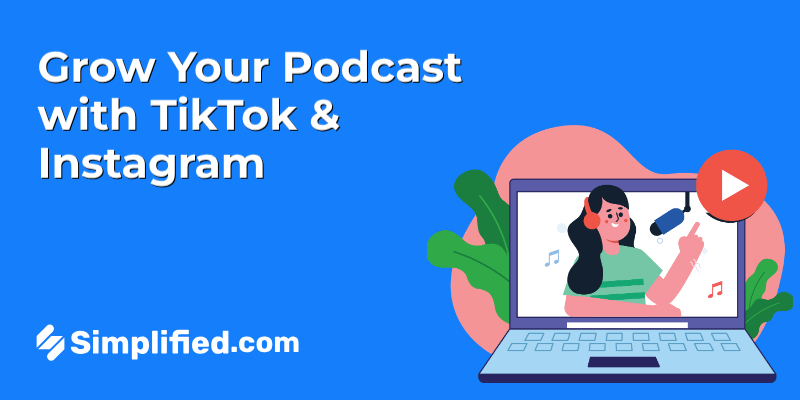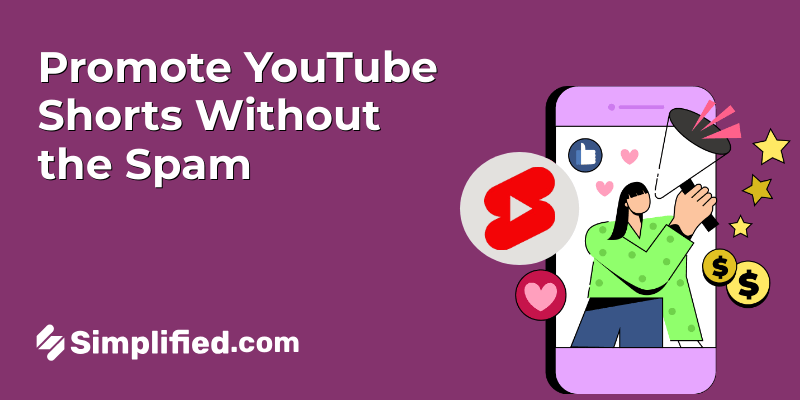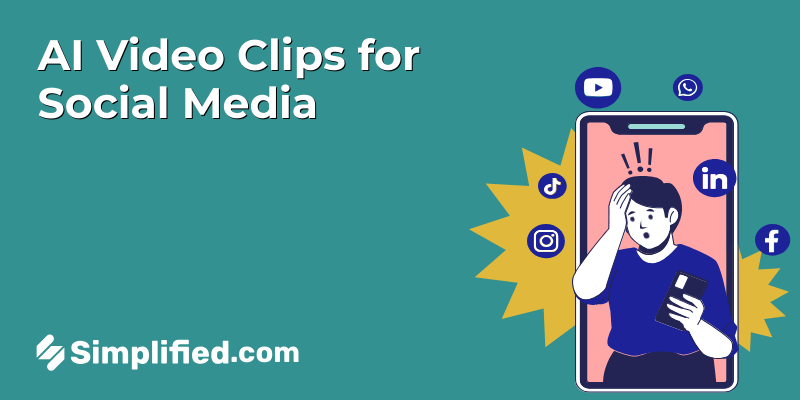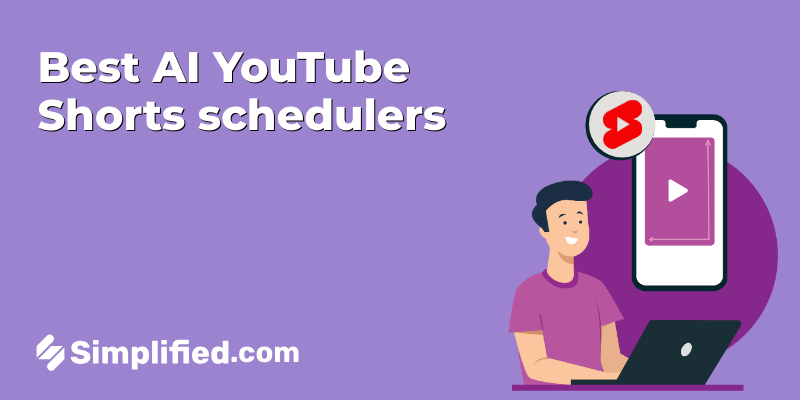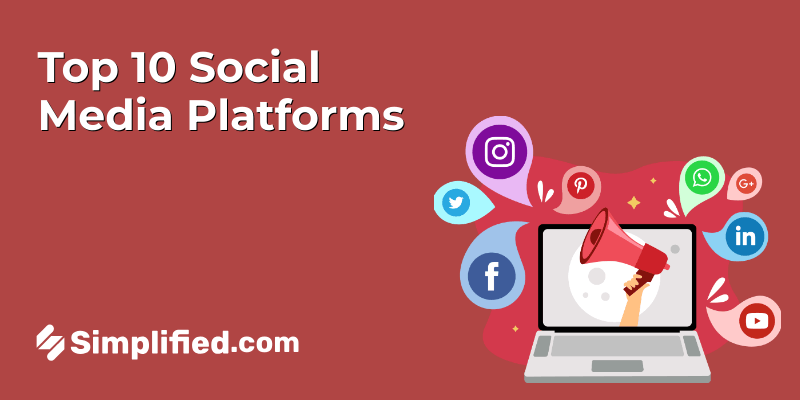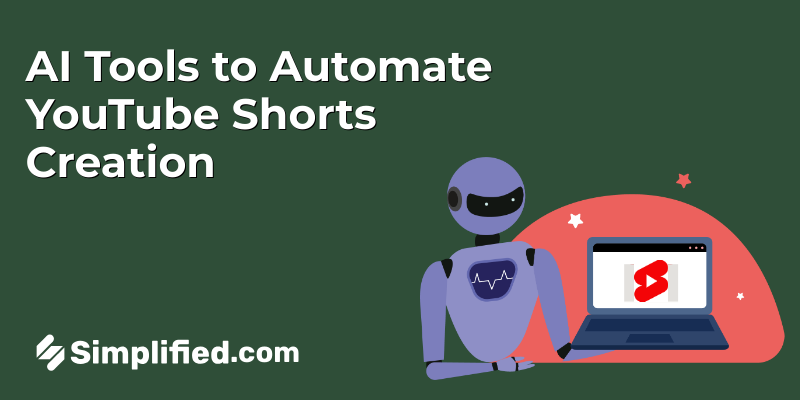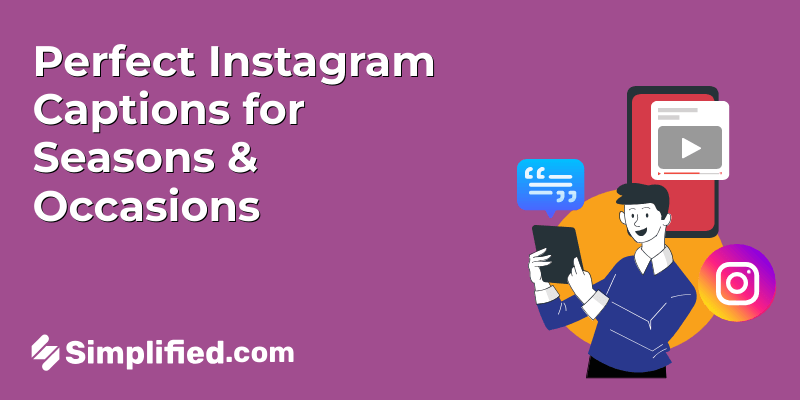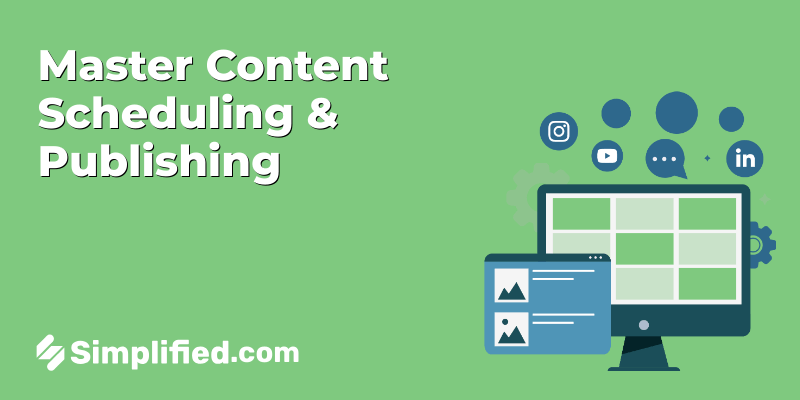
Imagine a world where you can easily maintain a vibrant online presence across Instagram, Facebook, Twitter, and LinkedIn, without the need for daily manual updates. Content scheduling and publishing are reshaping how social media managers and content creators engage with their audiences, allowing for increased time management while maintaining consistency and engagement. Let’s explore how to Master Content Scheduling & Publishing and enhance your brand’s impact in the digital realm.
Why Content Scheduling Matters
Content scheduling isn’t just a time-saver; it’s a strategic move for any brand or creator serious about growth. Here’s why it’s essential:
- Consistent Engagement: Scheduling ensures your content reaches followers regularly, which is crucial for keeping audiences interested.
- Resource Efficiency: Bulk scheduling posts saves time, leaving room for real-time engagement and creative brainstorming.
- Optimized Posting Times: Schedule posts during the best time to post when your audience is most active, maximizing visibility and interactions.
- Focus on Quality Over Quantity: Scheduling allows time to create well-crafted posts, reducing the need for rushed, lower-quality content.
Bonus : Social Media Management For The Internet Rookie
Top Tools for Content Scheduling & Publishing
Selecting the right tools is critical for an effective content strategy. These platforms offer distinct features to help you schedule, analyze, and enhance your social media presence. Here are some top picks.
1. Simplified
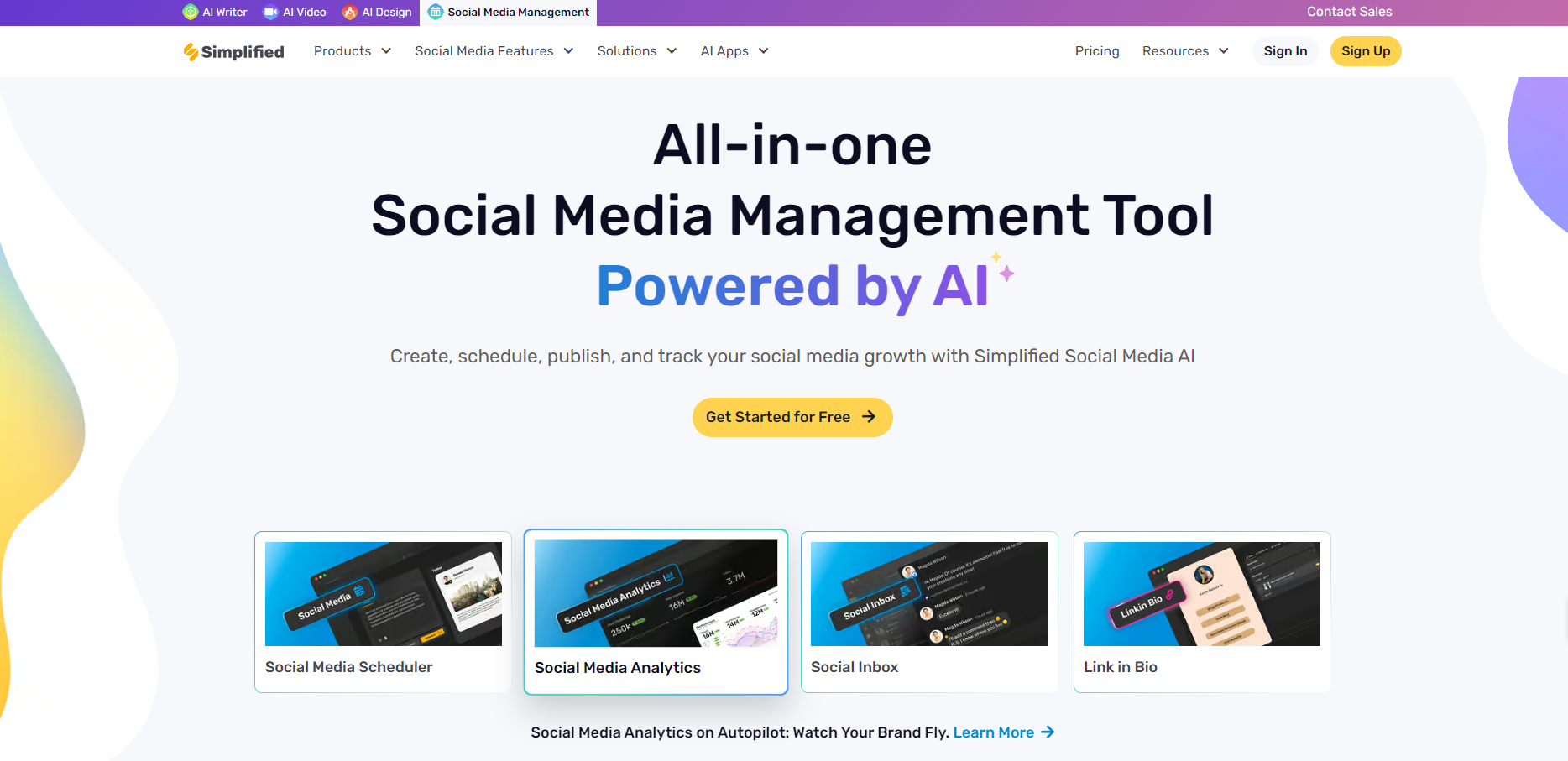
Why It Stands Out: Known for its all-in-one platform, Simplified combines content creation, scheduling, and publishing into a single workflow. The tool offers templates, a user-friendly calendar, and even AI-driven design suggestions, making it an excellent choice for teams and solo creators.
Notable Features:
- Visual content planning with a drag-and-drop calendar.
- AI-driven design features and copy suggestions.
- Collaboration tools for real-time editing and feedback.
Pro Tip: Use Simplified’s built-in social media analytics to review which content performs best across platforms.
Bonus : Getting Started In Simplified!
2. Buffer

Why It Stands Out: Buffer is widely praised for its clean interface and straightforward scheduling features. It includes social media analytics, helping you fine-tune your strategy based on follower engagement.
Notable Features:
- Simple, easy-to-use scheduling for various platforms.
- Content curation features to add trending posts to your lineup.
- A “Shop Grid” for Instagram, helping brands with e-commerce.
Pro Tip: Use Buffer’s browser extension to easily schedule content from anywhere on the web.
3. Hootsuite

Why It Stands Out: Known for its robust functionality, Hootsuite enables everything from scheduling to monitoring and engagement tracking. It’s ideal for brands managing multiple accounts and those who need a comprehensive social dashboard.
Notable Features:
- Advanced scheduling tools with bulk upload capabilities.
- Social listening to monitor brand mentions and sentiment.
- Detailed analytics and custom reporting options.
Pro Tip: Set up streams to track brand mentions and hashtags, helping you engage with users in real time.
Bonus : How To Make Visually Appealing Projects With Brand Illustrations
4. Later

Why It Stands Out: Later’s strong focus on visual content makes it a go-to for Instagram, but it also supports other platforms. Its drag-and-drop calendar simplifies the content-planning process.
Notable Features:
- Visual-first content calendar with easy drag-and-drop functionality.
- Instagram Stories scheduling and link-in-bio management.
- Hashtag suggestions and analytics for audience insights.
Pro Tip: Use Later’s Instagram-specific tools, such as hashtag analysis, to optimize reach.
5. CoSchedule
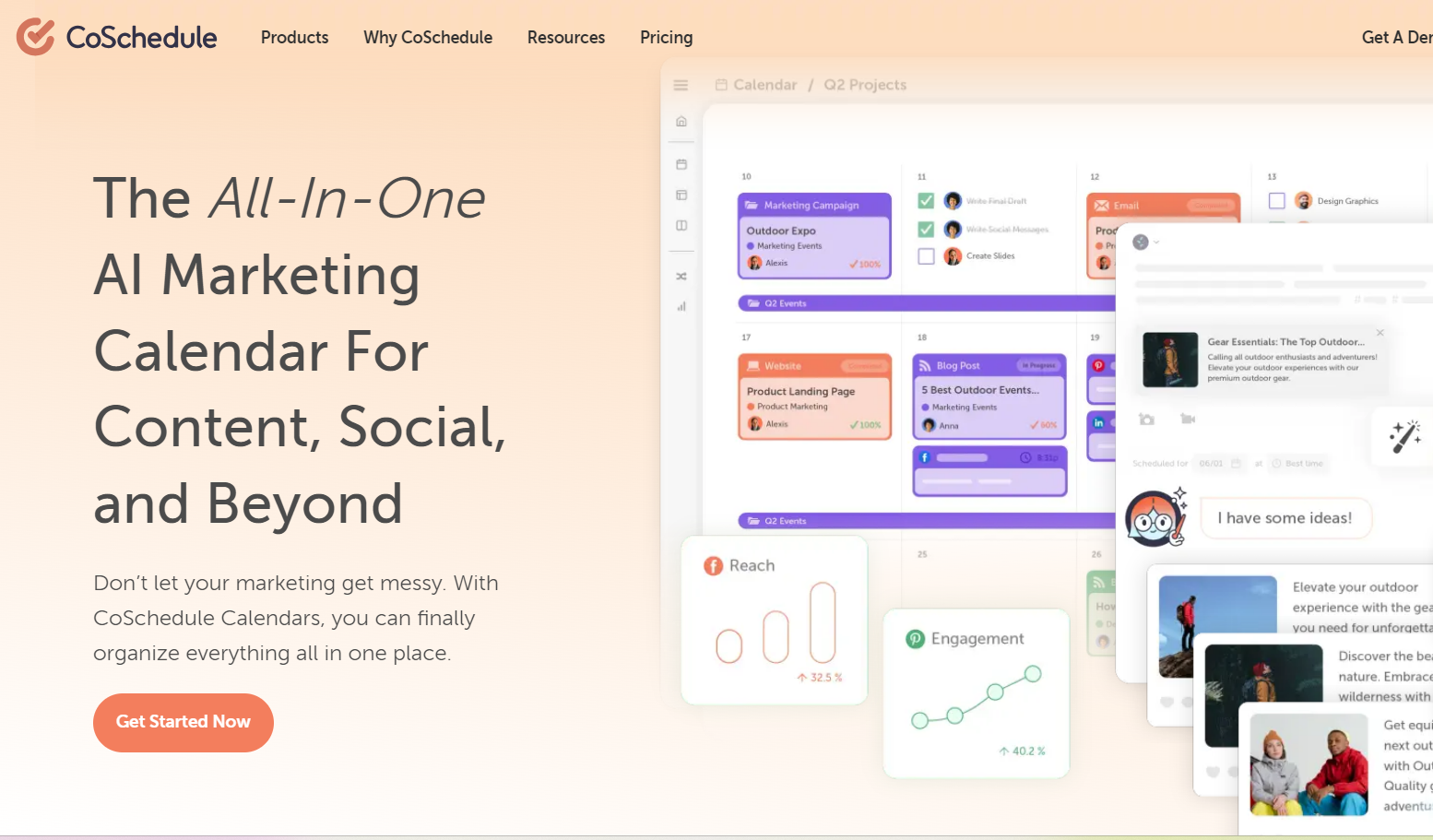
Why It Stands Out: As both a marketing and content scheduling tool, CoSchedule offers a seamless experience for those who need a comprehensive solution. It integrates with WordPress, allowing users to plan, write, and schedule posts from one place.
Notable Features:
- Full marketing calendar with WordPress integration.
- Content approval workflows for team collaboration.
- Analytics to gauge which types of posts perform best.
Pro Tip: Take advantage of CoSchedule’s headline analyzer to craft engaging social media captions.
Bonus : Instagram Insights Simplified in 8 Easy Steps [PART 1]
6. Sprout Social
Why It Stands Out: With a strong focus on data, Sprout Social helps brands gain actionable insights into audience behavior. It’s favored by those who want detailed reporting and strategic analytics.
Notable Features:
- Robust reporting and social media listening.
- Comprehensive publishing calendar.
- Tools for team collaboration and approval workflows.
Pro Tip: Use Sprout Social’s reporting to identify trends and fine-tune your content strategy.
Bonus : Social Media Rules of Engagement & What You Didn’t Know
Step-by-Step Guide to Effective Content Scheduling
For an organized approach, follow these steps to make the most of your content scheduling tools:
- Set Clear Objectives
Decide if your goal is to increase followers, drive engagement, or support a product launch. - Develop a Content Calendar
Map out themes, topics, and dates, coordinating content with key events and trends. - Choose the Right Tools
Select a scheduling platform that aligns with your needs and team size. - Create & Organize Content in Batches
Use bulk creation to make the process more efficient while maintaining consistency in design and messaging. - Schedule Posts at Optimal Times
Utilize analytics to find the best times to post for your audience. - Monitor & Adjust Based on Performance
Use performance data to refine your strategy and adjust for better results.
Best Practices for Maintaining a Consistent Content Flow
To keep your content strategy fresh and engaging, incorporate these best practices:
- Balance Scheduled and Real-Time Content: Automated posts provide consistency, while live updates keep the feed relevant and engaging.
- Stay Flexible with Trends: Be prepared to adjust your calendar to incorporate new trends or newsworthy moments.
- Engage with Followers: Avoid the “set it and forget it” trap; engage with comments and messages regularly.
Challenges of Content Scheduling & Tips to Overcome Them
- Avoiding Robotic Interaction
Solution: Balance automated posts with spontaneous replies and live interactions to keep the brand voice genuine. - Navigating Algorithm Changes
Solution: Stay updated on platform trends and adjust your strategy as algorithms evolve. - Maintaining Relevance
Solution: Regularly update your calendar to stay aligned with industry trends and seasonal events.
Conclusion
Content scheduling and publishing are invaluable for social media managers and content creators looking to improve their workflow and enhance their online presence. By scheduling posts across platforms like Instagram, Facebook, Twitter, and LinkedIn, you ensure a consistent posting schedule that keeps your audience engaged. This approach not only saves time but also maximizes engagement by reaching your audience at optimal times. Now is the perfect time to integrate these tools into your content strategy and see the difference.

